The Cornell Method
Hanna Kryszewska is a teacher, teacher trainer, trainer of trainers. She is a senior lecturer at the University of Gdańsk, Poland. She is co-author of resource books: Learner Based Teaching, OUP, Towards Teaching, Heinemann, The Standby Book, CUP, Language Activities for Teenagers, CUP, The Company Words Keep, DELTA Publishing, and a course book series for secondary schools: ForMat, Macmillan. She is also co-author of a video-based teacher training course: Observing English Lessons, and online course for Orient Black Swan on 21st Century Skills and Teaching the whole person: Humanising language teaching. Hania is a Pilgrims trainer and editor of HLT Magazine. Email: hania.kryszewska@pilgrimsteachertrainig.eu
Last summer I attended a talk by Edmund Dudley (OUP) on Self-directed Learning. Among others, one of the interesting things Ed mentioned was the Cornell Method. It was great to see it surface in this context, and, what is more, it was absolutely justified. When I heard the term Cornell Method I had the same feeling like when recently I read an article contributed to HLT on using mindmaps in language learning. The feeling or thought was: Of course, this is a great tool! Why have I forgotten about it? Why have I stopped using it or showing it to my students?
I think I know why. For me, the Cornell Method belongs to the same compartment as Eduard de Bono’s six thinking hats and six actions shoes or Tony Buzan’s mind maps or speed reading. And they belong together not because of their nature but because when I started my career in EFL, they were the buzz words at conferences and everybody was referring to them. So naturally we got tired and stopped talking about them (yet again).
But they do belong to the Golden Classics section, as they are wonderful tools. Recently I showed my university students the idea of mind maps (which they, of course, were not familiar with) and taught them how they can use them to prepare for their final English language oral exam or writing essays. They loved using them.
The same applies to the Cornell Method. The students need help to organize information and homes. We teachers are responsible not only for the input but also for presenting tools to process and store the input.
Here is just a reminder how information or notes are organised and processed when you use the Cornell method:
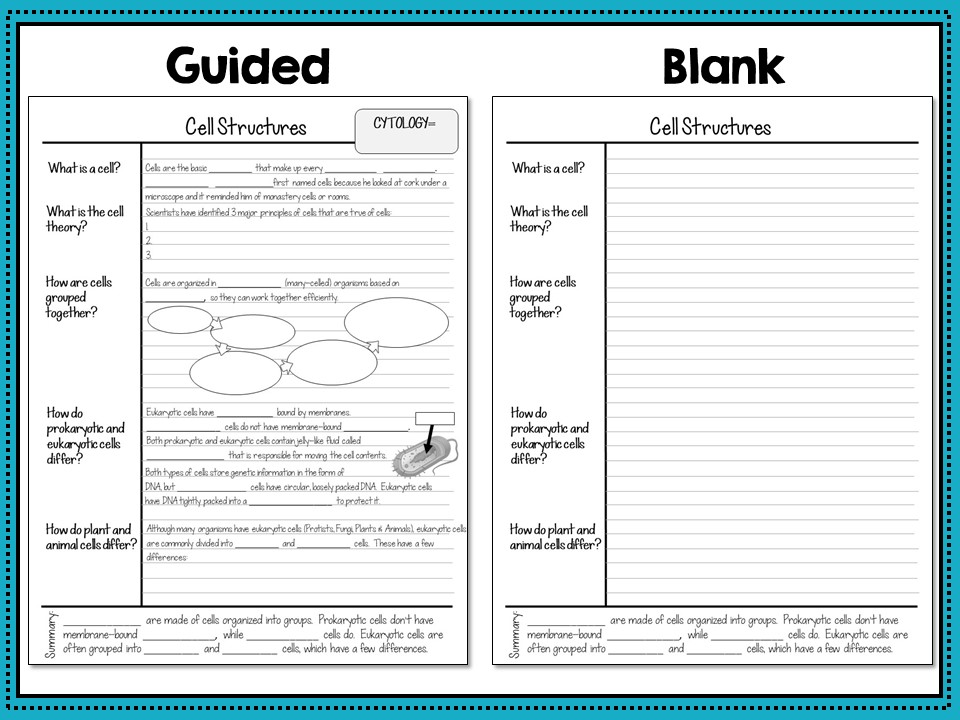
Source Suburban Science
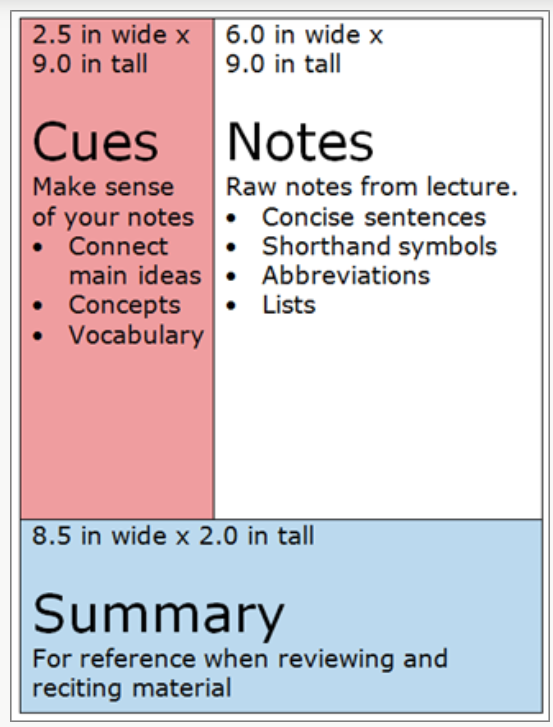
More ideas and information can be found, for example, here and here.
Needless to say now you can find online tools for taking notes in the Cernell Method way just like tools for making mindmaps online.
What are the five R's of the Cornell method?
There are many ways to take notes, and everyone seems to have their preference when it comes to note taking. Many methods involve some or all of the 5 R's of note taking: record, reduce, recite, reflect, and review.
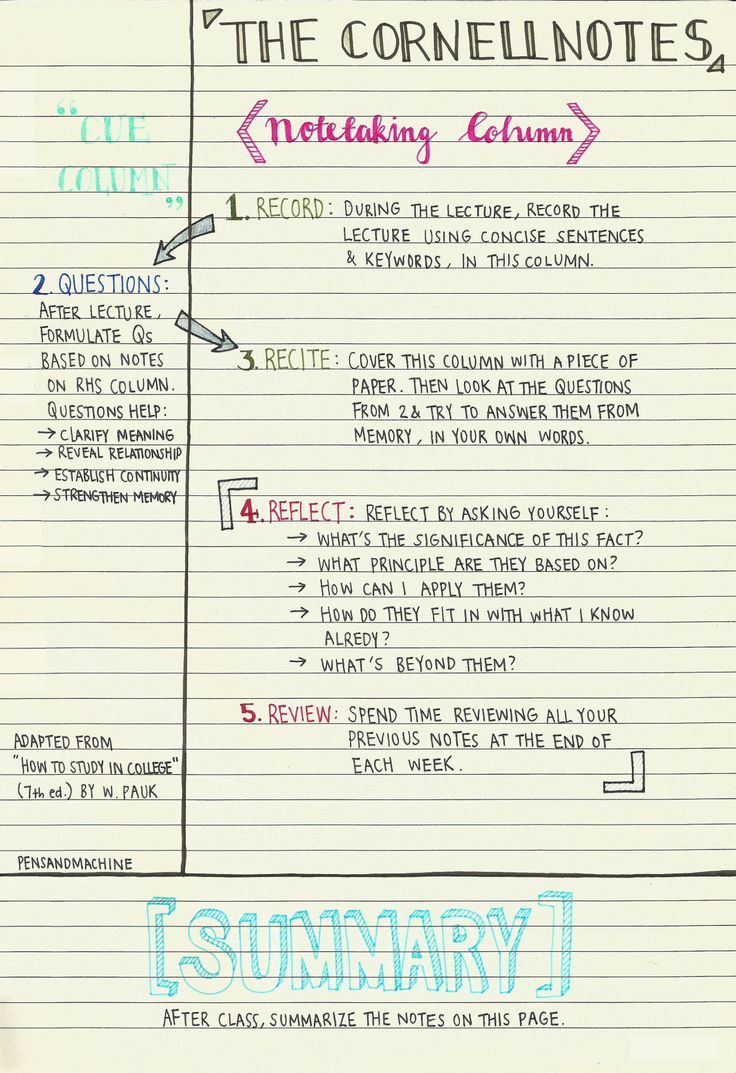
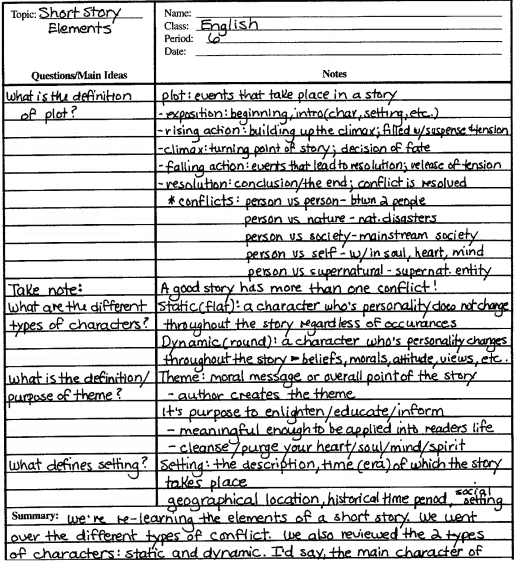
http://comprehensionhart.weebly.com/cornell-notes.html
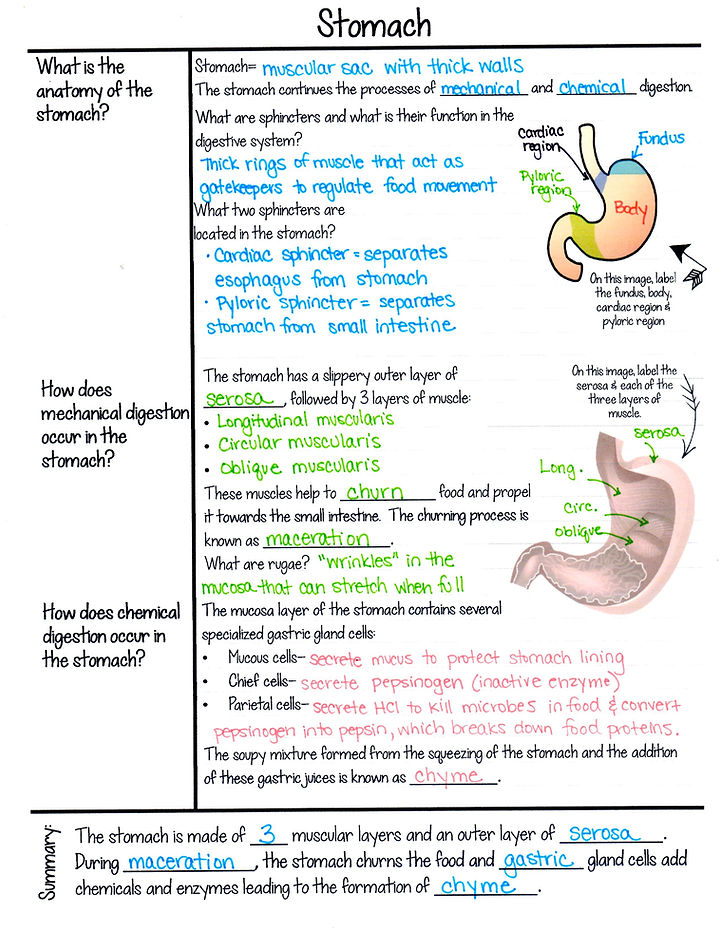
Links
https://suburbanscience.com/cornell-method-for-aesthetic-note-taking/
Please check the Pilgrims f2f courses at Pilgrims website.
Please check the Pilgrims online courses at Pilgrims website.
The Cornell Method
Hanna Kryszewska, Poland